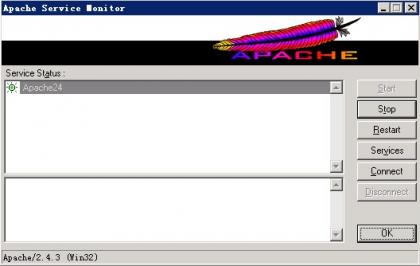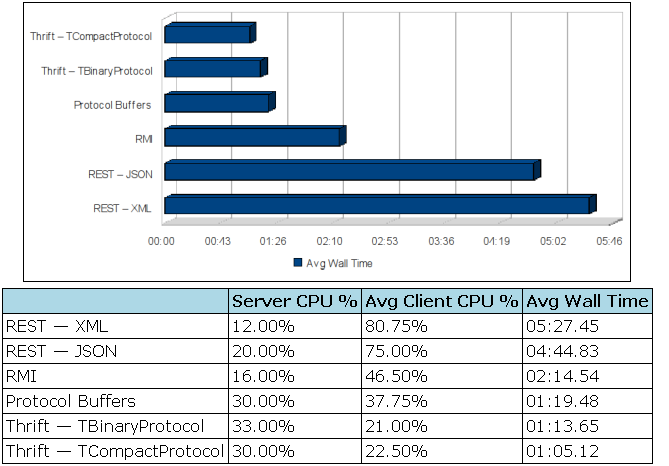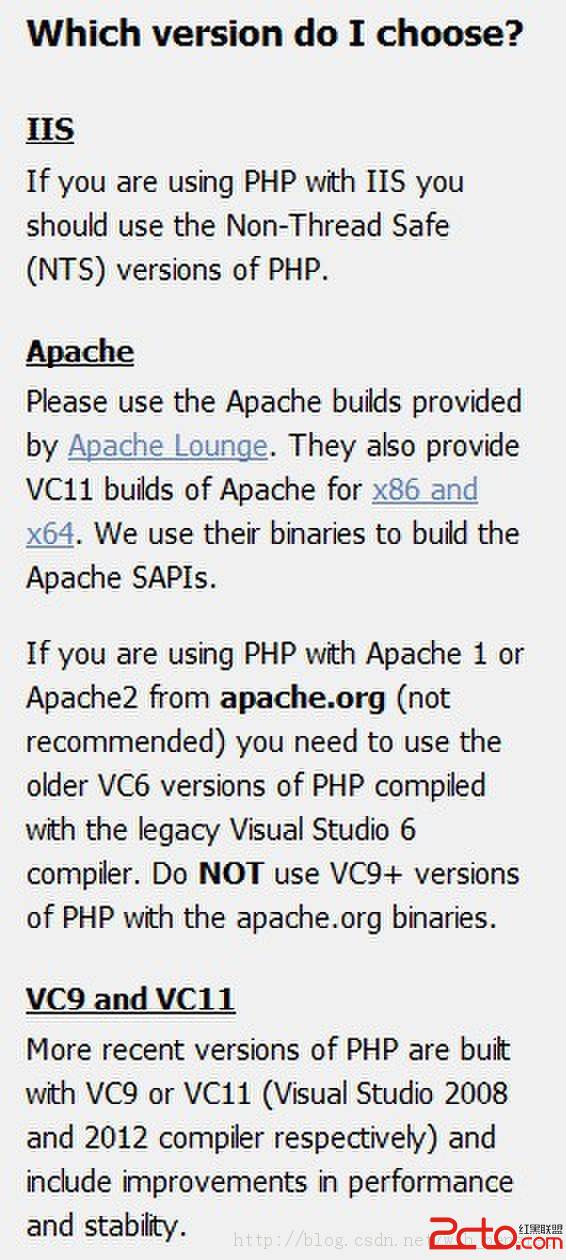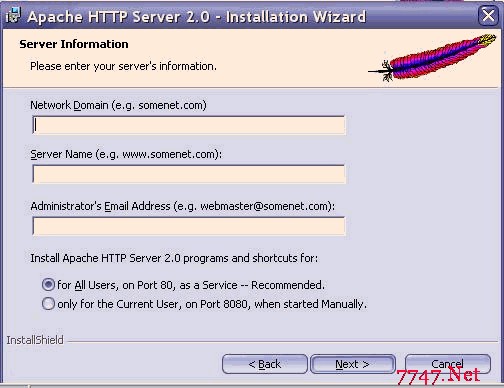Apache Reference Manual (5)
<FilesMatch>Syntax: <FilesMatch regex> ... </FilesMatch>
Context: server config, virtual host, .htaccess
Status: core
Compatibility: only available in Apache 1.3 and above.
The <FilesMatch> directive provides for access control by filename, just as the <Files> directive does. However, it accepts a regular expression. For example:
<FilesMatch ".(gif|jpe?g|png)$">
would match most common Internet graphics formats.
See also: How Directory, Location and Files sections work for an explanation of how these different sections are combined when a request is received
--------------------------------------------------------------------------------
Group directive
Syntax: Group unix-group
Default: Group #-1
Context: server config, virtual host
Status: core
The Group directive sets the group under which the server will answer requests. In order to use this directive, the stand-alone server must be run initially as root. Unix-group is one of:
A group name
Refers to the given group by name.
# followed by a group number.
Refers to a group by its number.
It is recommended that you set up a new group specifically for running the server. Some admins use user nobody, but this is not always possible or desirable.
Note: if you start the server as a non-root user, it will fail to change to the specified group, and will instead continue to run as the group of the original user.
Special note: Use of this directive in <VirtualHost> requires a properly configured suEXEC wrapper. When used inside a <VirtualHost> in this manner, only the group that CGIs are run as is affected. Non-CGI requests are still processed as the group specified in the main Group directive.
SECURITY: See User for a discussion of the security considerations.
--------------------------------------------------------------------------------
补充:Php教程,Php入门




